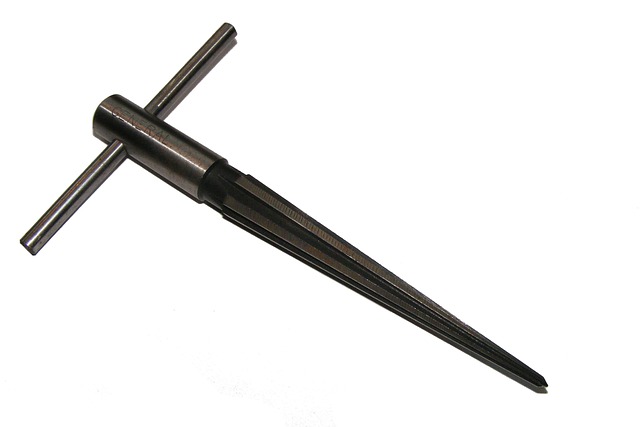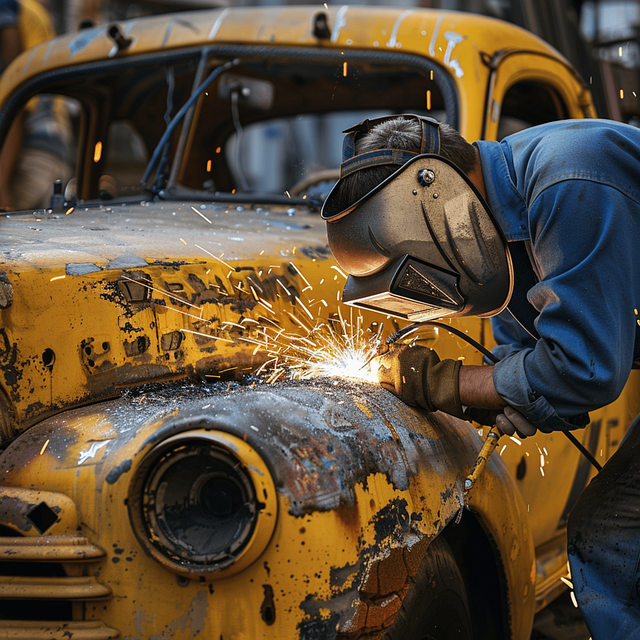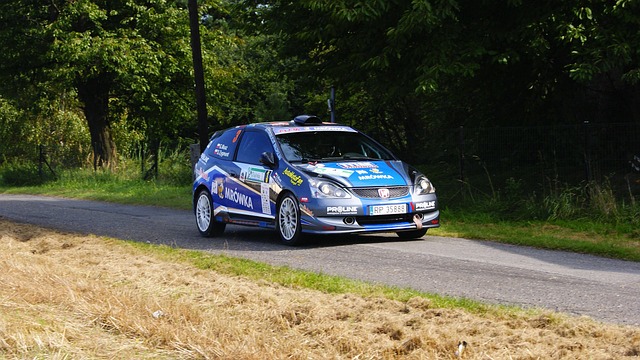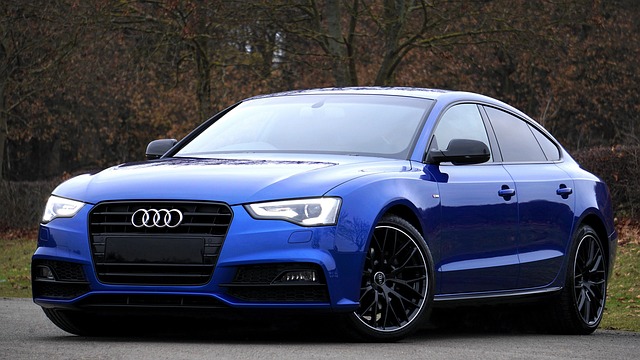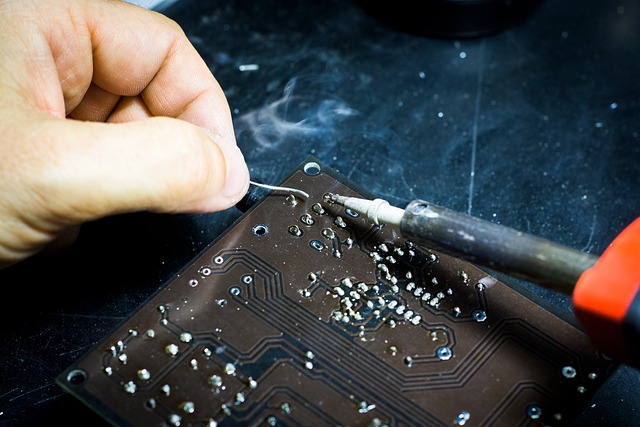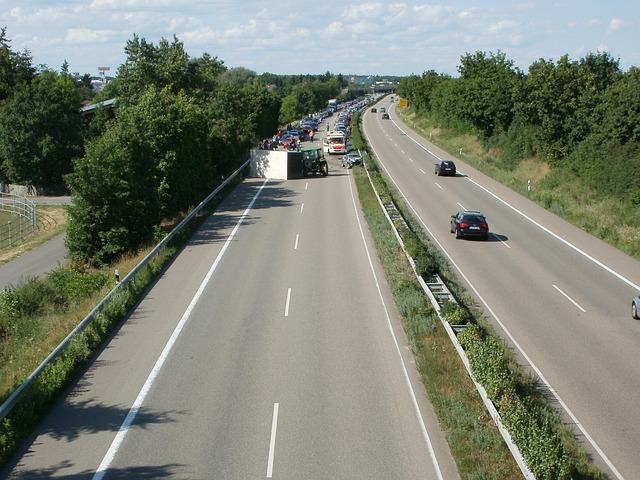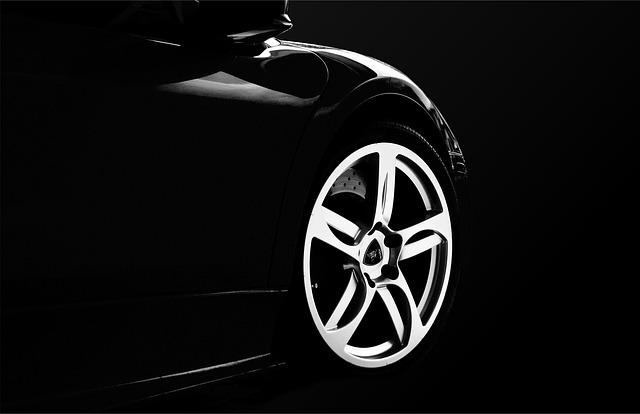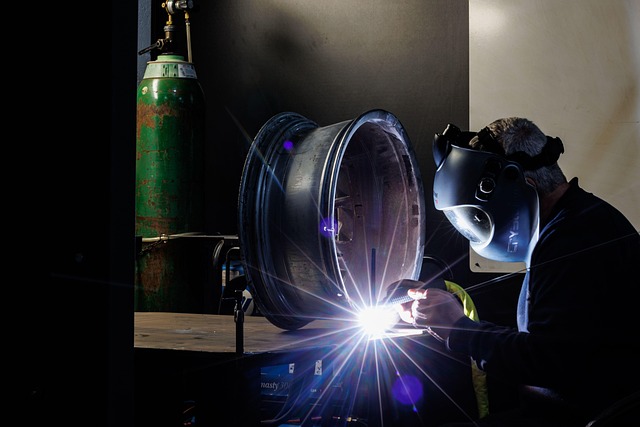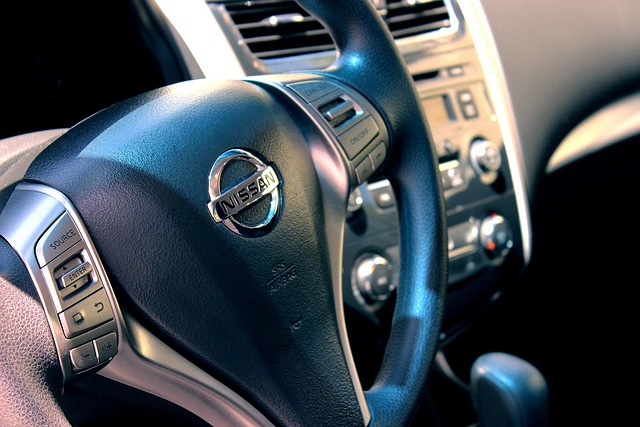Implementing Paintless Dent Repair (PDR) for hail damage in commercial fleets offers significant advantages over traditional methods, including cost savings, minimal downtime, and preservation of vehicles' original condition. By using specialized tools to remove dents without painting or replacing parts, PDR ensures swift repairs and high-quality finishes. Effective management strategies, such as centralized repair coordination, clear protocols, and consistent training, maximize the benefits of PDR, ultimately reducing operational costs and maintaining fleet reliability.
In the world of commercial fleet management, minimizing downtime and maximizing efficiency are key. One innovative approach gaining traction is the adoption of Professional Detailing Repair (PDR) for hail damage repairs. This article explores how PDR can revolutionize fleet maintenance by offering swift, cost-effective solutions to common hail-related vehicle damages. We’ll delve into the benefits, strategies, and best practices for implementing PDR, providing a comprehensive guide for fleet managers seeking to enhance their repair processes.
- Understanding PDR for Hail Damage Repairs: A Commercial Fleet Perspective
- Benefits of Implementing PDR for Hail Damage in Commercial Fleets
- Strategies and Best Practices for Efficient PDR Implementation in a Commercial Fleet Setting
Understanding PDR for Hail Damage Repairs: A Commercial Fleet Perspective

At its core, PDR for hail damage is a specialized technique within the auto body repair industry that focuses on restoring vehicles to their pre-damaged condition using non-destructive methods. From a commercial fleet perspective, understanding this process is crucial for efficiently managing and minimizing repairs following severe weather events. By leveraging PDR, fleet managers can streamline operations, reduce costs associated with traditional auto body work, and ensure faster turnaround times for their vehicles.
This approach to hail damage repair offers several advantages over conventional methods. It involves minimal vehicle disassembly, preserving the original paint job and parts integrity. Moreover, PDR specialists utilize advanced tools and techniques, such as plastic welding and air compression, to effectively mend dents, creases, and other types of hail damage without affecting the overall aesthetics or structural integrity of the vehicle. In essence, adopting PDR for hail damage repairs can lead to more cost-effective and time-efficient auto detailing and vehicle paint repair solutions for commercial fleets.
Benefits of Implementing PDR for Hail Damage in Commercial Fleets
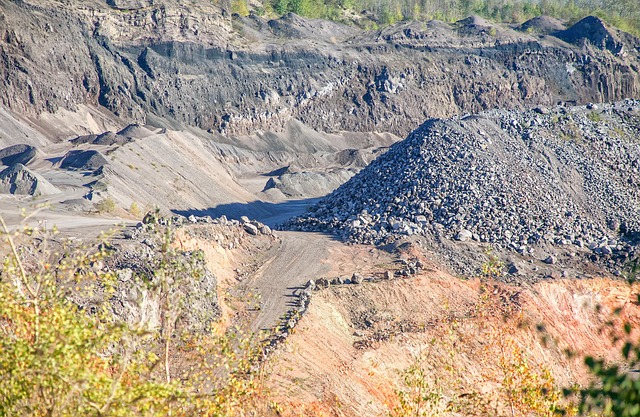
Implementing PDR for hail damage offers significant advantages for commercial fleet operators. Paintless dent repair (PDR) is a cost-effective solution that minimizes downtime and repair expenses compared to traditional auto body shop repairs. By utilizing specialized tools and techniques, this non-invasive method effectively removes hail damage without the need for paint or extensive panel replacement, preserving the vehicle’s original finish and value.
Moreover, PDR provides a swift turnaround time, ensuring fleet vehicles are back on the road promptly. This efficiency is crucial for commercial fleets that rely on timely deliveries and operations. With PDR, there’s no need to wait for lengthy repairs at auto body shops, leading to improved vehicle utilization rates and reduced operational costs for businesses.
Strategies and Best Practices for Efficient PDR Implementation in a Commercial Fleet Setting

Implementing PDR (Paintless Damage Repair) for hail damage in a commercial fleet setting requires strategic planning and best practices to ensure efficiency and effectiveness. One key strategy is centralized management, where a dedicated team oversees all hail damage repairs, coordinating with insurance providers and fleet managers. This streamlines the process, minimizing delays caused by communication bottlenecks.
Additionally, establishing clear protocols for fender repair and car body restoration is crucial. Training all personnel on PDR techniques ensures consistency in repair quality. Regular equipment maintenance and keeping a well-stocked inventory of necessary tools also contribute to seamless operations. By adopting these best practices, commercial fleet managers can maximize the benefits of PDR, reducing downtime, lowering costs, and maintaining a reliable fleet.
The integration of PDR (Paintless Dent Repair) for hail damage within commercial fleets presents a compelling solution for efficient and cost-effective vehicle maintenance. By adopting this innovative approach, fleet managers can significantly reduce repair times, minimize operational disruptions, and optimize resource utilization. The benefits extend to both the bottom line and employee morale, making PDR a strategic must-have for modern fleet management. With the right strategies and best practices in place, commercial fleets can navigate the path towards seamless repairs and enhanced overall performance.


